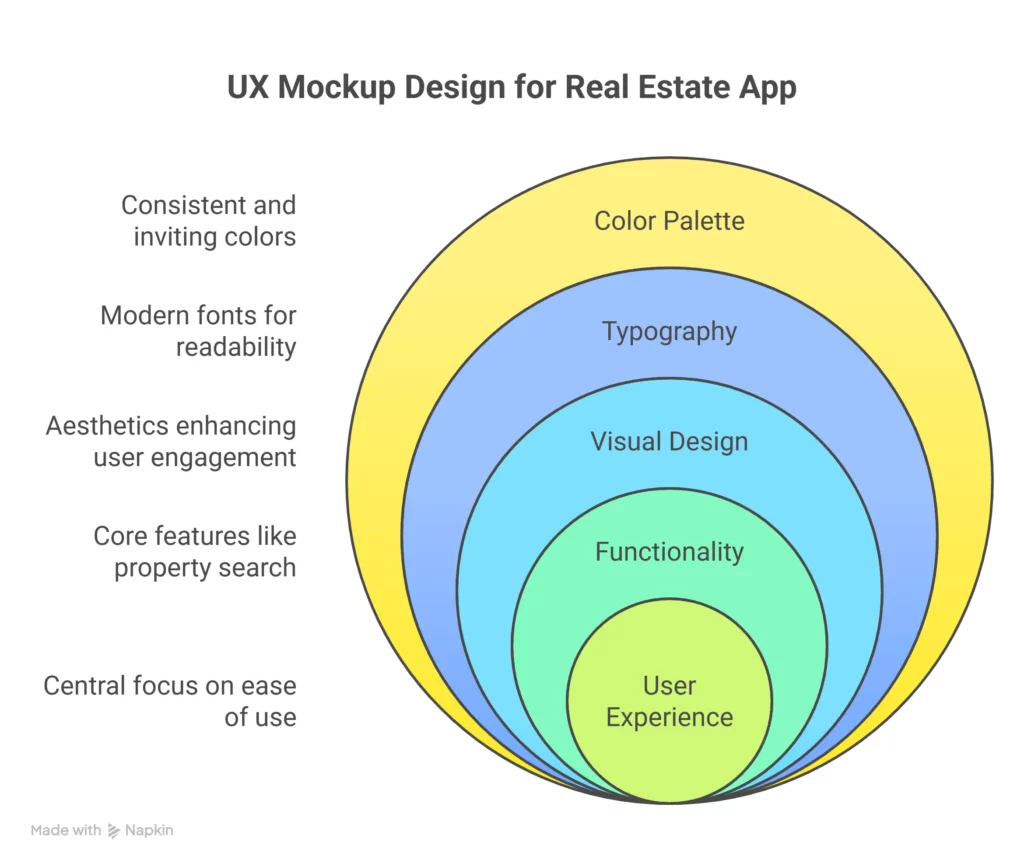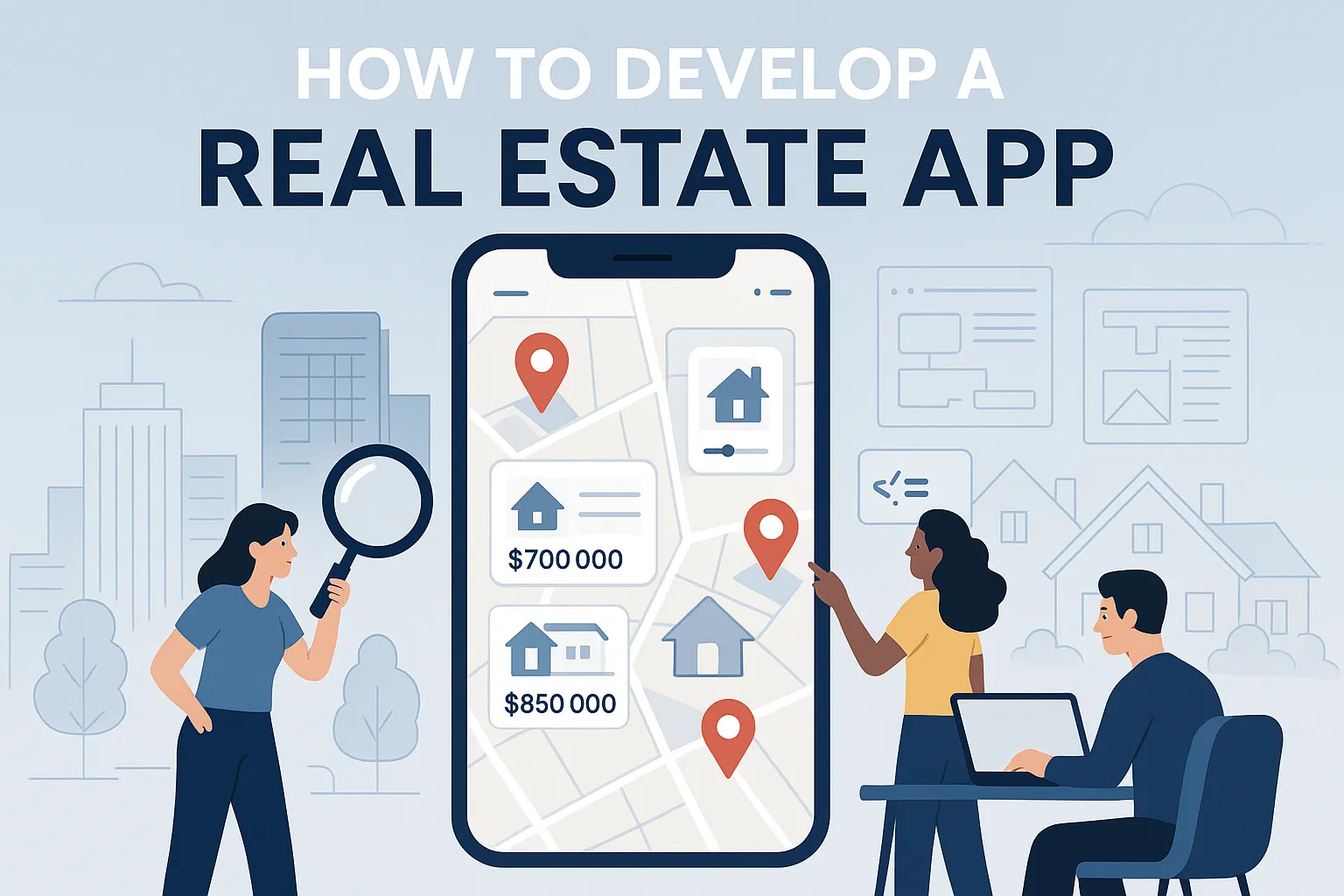You ever try searching for an apartment or house online and end up 30 tabs deep in frustration? Yeah, same here. Real estate in 2025 is more than just square footage and rent prices—it’s about convenience, trust, and instant gratification. With people relying more on their smartphones than agents, real estate apps have become the go-to tool for house-hunting, renting, and even investing. Whether it’s for finding a cozy rental or scoping out your next big move, a well-designed app can make or break someone’s housing journey.
I remember when I helped a friend search for a rental in a new city. We downloaded five different apps, and guess which one stuck? The one that didn’t crash, showed listings with actual photos, and gave a real-time map view. Spoiler alert: it worked a lot like Trulia. That experience made me realize just how critical the user experience is in this industry. If the app doesn’t feel right, people bounce. Fast.
So, whether you’re a startup founder, tech-savvy entrepreneur, or just someone who’s seen the potential in real estate tech—this blog by Miracuves will be your blueprint. We’ll walk you through what makes an app like Trulia tick, the tech stack you need, key features to prioritize, and even what design trends are converting browsers into buyers in 2025.
Stick around. By the end, you’ll know exactly how to build your own real estate app (or improve an existing one), why a Trulia Clone might be your golden ticket, and how to sidestep the common traps that sink most real estate platforms. Let’s get into it.

Read more : –What is Trulia App and How Does It Work?
Why Real Estate Apps Are Booming
Real estate used to be all about agents and classifieds. Fast forward to now, and users expect Zillow-style experiences on their phones. This rise is powered by smartphone adoption, remote work, the shift to digital-first living, and users demanding more control over their home search journey. Apps like Trulia, Zillow, and Redfin became household names because they made location, price, photos, and even crime stats one tap away.
What Makes Trulia Clone Special?
At its core, the Trulia Clone app replicates the key features of the OG Trulia app—only this version is built to be customized, rebranded, and monetized. Here’s why it works:
- Interactive Map Listings: Zoom, tap, filter—done.
- Detailed Property Info: Schools, commute times, crime heatmaps.
- User Reviews & Neighborhood Insights: Because vibes matter.
- Smart Filters: Pets allowed? Washer/dryer? AC? Sorted.
Building on a Trulia Clone means you get a jumpstart with proven UX and feature sets—ideal for startups who want to launch faster without reinventing the wheel.
Must-Have Features for 2025
1. Core Functionalities
- Geo-location & Smart Maps
- Virtual Tours (AR/VR enabled)
- Push Alerts for Price Drops
- In-app Chat with Agents or Owners
- Saved Favorites & Shortlists
Pro Tip: Add AI-based property recommendations to boost user retention.
2. Bonus Features
- Mortgage calculator
- Property history
- Locality scores
Read more :- Business Model of Trulia : Features and Revenue 2025
Choosing the Right Stack
You need a tech stack that’s solid, scalable, and secure:
- Frontend: React Native or Flutter
- Backend: Node.js with MongoDB
- APIs: Google Maps, Firebase, MLS integrations
- Cloud Hosting: AWS or Google Cloud
Need help getting started? Contact us for expert assistance.
Read more : – What is Clubhouse App and How Does It Work?
UI/UX Best Practices in Real Estate Apps
Design isn’t fluff—it’s function. A good UI helps users trust the listings and the platform. Keep things clean, visual-heavy, and intuitive.
- Use icons (e.g., bed, bath, car) instead of words
- Avoid clutter: less text, more photos
- Focus on mobile-first design principles
Traps to Avoid
- No offline support – kill switch for remote users
- Overloaded filters – confuses more than helps
- Hidden fees or unclear terms – instant uninstall
Also, never underestimate the power of slow-loading images to drive bounce rates through the roof.
Read more: – What is Zillow App and How Does It Work?
Conclusion: Why You Should Build Your Real Estate App Now
If you’re thinking, “Isn’t the market already saturated?”—you’d be half right. But the real opportunity lies in local, niche, and customized real estate solutions. A Trulia Clone gives you the base. Let us help bring it to life—reach out to our team.
Future trends like AI chatbots for agents, blockchain-based property records, and fractional real estate investing are already shaping the next wave. At Miracuves, we help forward-thinking businesses stay ahead—not behind.
And remember, a good real estate app doesn’t just list homes—it sells experiences.
FAQs:
Q1: What is a Trulia Clone app?
It’s a white-label real estate app inspired by Trulia’s features—map-based listings, smart filters, neighborhood insights—ready to be branded and launched by startups.
Q2: How much does it cost to develop one?
Depends on features, but a solid MVP can range between $10,000 to $40,000. Going full-scale? Budget higher.
Q3: How long does it take to build?
With Miracuves’ pre-built frameworks, your app can be fully developed and launched within 3–6 days, far faster than traditional 3–6 month timelines.
Q4: Can I monetize a real estate app?
Yes—via featured listings, in-app ads, agent subscriptions, and lead generation fees.
Q5: Is a real estate app viable in smaller towns?
Totally. Hyperlocal listings are trending. Think beyond metros.
Q6: Do I need a license or legal setup?
Yes, especially if dealing with MLS data. Make sure your app complies with local real estate laws.
Related Articles:








